
views
- Shop conscientiously, avoiding palm oil, Brazilian beef, paper, and wood products made from rainforests, and buy sustainable coffee.
- Make changes to your lifestyle, including more organic food, no pesticides, and reducing the amount of petroleum oil you use.
- Become a rainforest advocate through volunteer work, participating in ecotourism, and donating money to protect it from fires.
- Use the TREES method to teach others, restore ecosystems, encourage sustainable living, establish parks, and support good companies.
Shopping Conscientiously

Avoid palm oil and the products that contain it. Palm oil is the most commonly used vegetable oil in the world, and over half of the packaged products in most supermarkets contain it. Unfortunately, expanding palm oil plantations have led to widespread rainforest deforestation. The exponential production of cheap palm oil has also endangered many species of animals, and many palm oil companies are guilty of human rights exploitation. You can avoid palm oil by avoiding processed foods. Consume mostly fruits, vegetables, nuts, and grains. Read labels and avoid products that contain palm oil. Learn the sneaky names for palm oil. These include (but are not limited to): vegetable oil, palm kernel, palm kernel oil, palm fruit oil, palmitate, palmolein, glyceryl, palmate, palmitic acid, sodium laureth sulfate, sodium lauryl sulfate, stearate, stearic acid, and sodium kernelate.
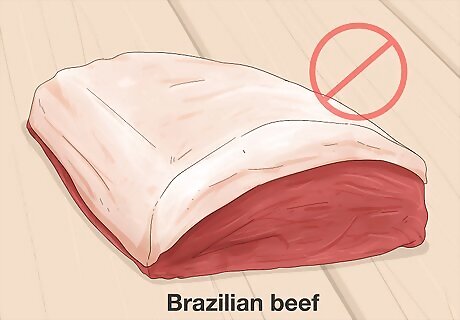
Refuse Brazilian beef. About 60-70% of the deforestation in Brazil has been the result of cattle farming, and this number is rapidly growing. You can help save the rainforest by avoiding this product. If you choose to eat beef, select grass-fed options local to your region, and say no to Brazilian-raised beef. Fast food chains use the majority of this beef. You can begin avoiding Brazilian beef by saying no to fast food burgers.

Buy sustainable coffee. Consumption of coffee can have a negative effect on the world’s rainforests. Coffee farms, like palm oil plantations, have also led to deforestation, and have also been known for their poor working conditions and human rights violations. You can work to lessen the ongoing damage to our rainforests by selecting coffee that is sustainably farmed. Look for a “Rainforest Alliance” label to show that this coffee was produced under sustainable conditions.
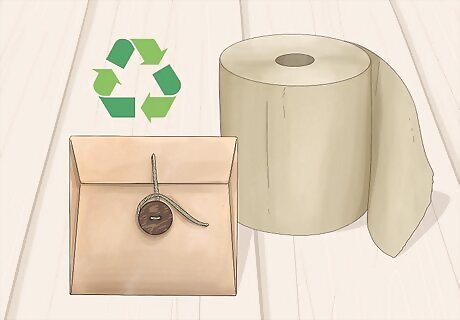
Avoid paper products or buy recycled paper products. Paper products contribute directly to rainforest deforestation. Products like toilet paper, paper towels, coffee filters, notebooks, printer paper, and others are created from rainforest trees. Do your part by using reusable materials whenever possible (such as reusable coffee filters or coffee mugs). When you must use paper products, select products made from 100% recycled materials.

Avoid wood products made from threatened rainforest woods. Despite the delicate state of the world’s rainforests, trees are still harvested to build guitars, furniture, and other products. Avoid products made of mahogany, rosewood, ebony, and other tropical hardwoods. Instead, opt for products made from white ash, black cherry, or maple woods.
Altering Your Lifestyle
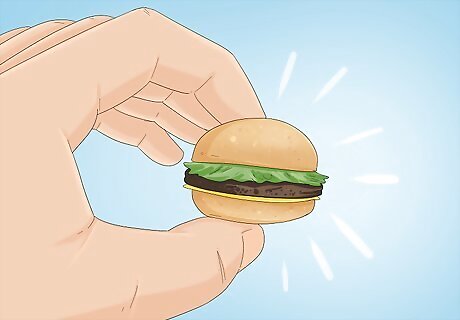
Eat less meat. For every ⁄4 pound (0.11 kg) hamburger that is produced in fast food restaurants, approximately 55 square feet (5.1 square meters) of rainforest land is destroyed. That's about the size of a small kitchen! Deforested rainforest land is being turned into grazing pasture for cows. You can help to save the rainforest by choosing to eat less meat. Start by having one meat-free day each week, then expand to two days. You can make a dent by simply cutting the amount of meat you consume in half. You can make a huge contribution by choosing to live a vegetarian or vegan lifestyle.
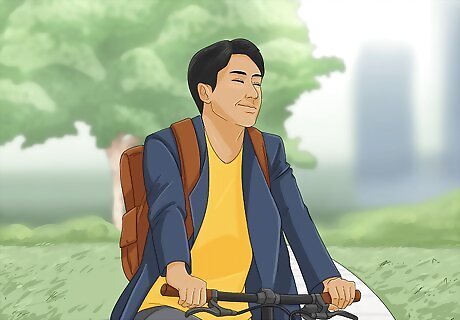
Reduce the amount of petroleum you use. Oil companies, with the intention of extracting oil from this land, have purchased much of the land in the Peruvian Amazon. When you purchase oil and other petroleum products, you support these companies and further the demand for such oil. You can help save the rainforest by reducing your use of oil. Purchase a hybrid or electric car. Ride your bike instead of driving. Turn down the temperature in your house by 1 °F (−17 °C). Avoid Styrofoam, ballpoint pens, and bubble gum.
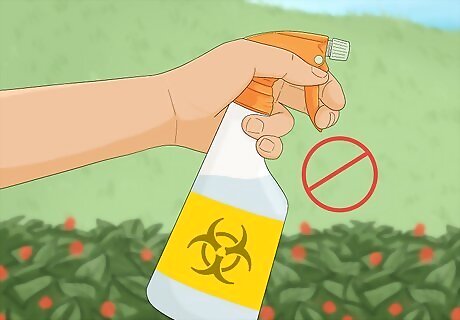
Don’t use pesticides on your garden. When you use pesticides, you support multinational pesticide manufacturers, who contribute to rainforest degradation. Furthermore, any use of pesticides contributes to the loss of non-GMO crops worldwide.

Eat organic food. The use of pesticides and GMOs in the rainforest have led to significant damage to the delicate ecosystems. When you consume only certified organic fruit, vegetables, and other products, you help save the rainforest by supporting sustainable farming practices.
Becoming an Advocate
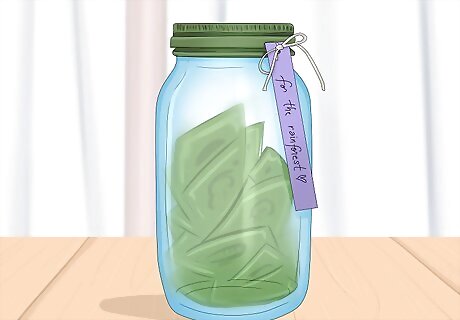
Donate money to rainforest organizations. There are numerous passionate and legitimate organizations working worldwide to effect positive change in the rainforest. You can lend a hand by donating a bit of money to an organization of your choosing. Nation of Change, Rainforest Foundation US, and World Land Trust are just a few. If you don’t have a lot of money lying around, you can organize a lemonade stand, bake sale, or a talent show to help raise money for a funding organization.

Participate in ecotourism. The International Ecotourism Society has defined ecotourism as "responsible travel to natural areas that conserves the environment and improves the welfare of local people." Whereas "regular" tourism tends to cause damage, ecotourism is an educational experience that works to teach individuals, protect lands, and provide monetary support for conservation efforts. Ecotourism provides funding to organizations working to help the rainforest to heal.
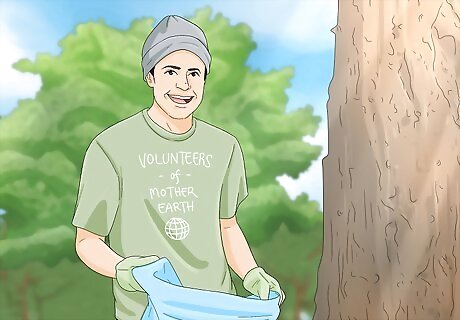
Volunteer. Whether you choose to do trail maintenance in Costa Rica or rebuild indigenous rainforest communities in Canada, you can volunteer to save the rainforest. Through a number of organizations, you put your blood, sweat, and tears (plus some of your money) into important conservation efforts. Organizations such as United Planet, Environmental Quest, Goabroad.com, and others can help you select the volunteer opportunity that is right for you.
Using the “TREES” Method
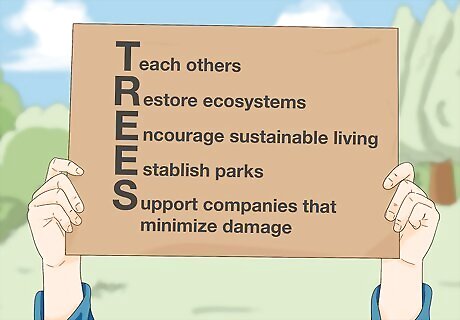
Teach others about the environment. If you want to help save the rainforest, there are five steps you can take, represented by the acronym “TREES.” “T” stands for “teach others.” Education and awareness are the most powerful tools for change. You can take steps towards saving the rainforest by teaching those around you how important it is to do so!
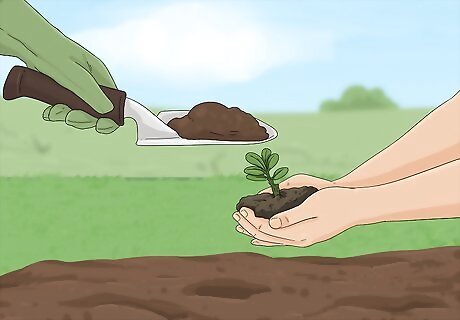
Restore ecosystems. The “R” in the acronym stands for “restore ecosystems.” Despite the devastation already experienced by many of the world’s rainforests, these lush ecosystems are still capable of healing. In order for the rainforest to be “saved,” efforts must be made to replant lost trees, and help these delicate ecosystems recuperate. One way that you can contribute aid to the restoration of the rainforest is through ecotourism. Donating to rainforest conservation organizations is another option.
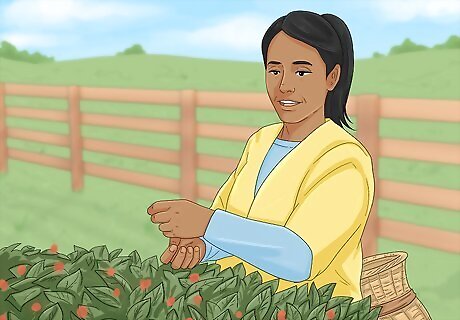
Encourage sustainable living. The first “E” stands for “encourage sustainable living.” No amount of restoration can help the rainforests if the practices of using rainforest resources don’t change. In order to save the rainforest, farmers, companies, and individuals need to learn and embody sustainable practices. You can help support these efforts by donating to a rainforest organization, or by participating in ecotourism.
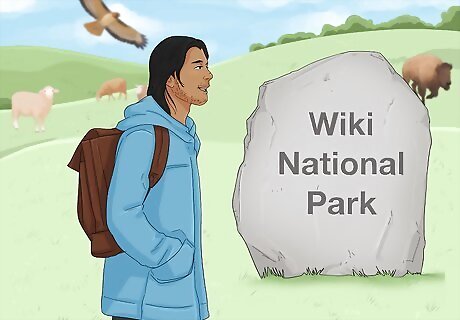
Establish parks. The second “E” stands for “establish parks.” National Parks are protected lands that cannot be changed, developed, or otherwise used for commercial purposes. Expanding areas of protected National Park land is one of the most important efforts toward saving the rainforest. You can sign numerous petitions through Rainforest Rescue to help establish and preserve rainforest National Parks.
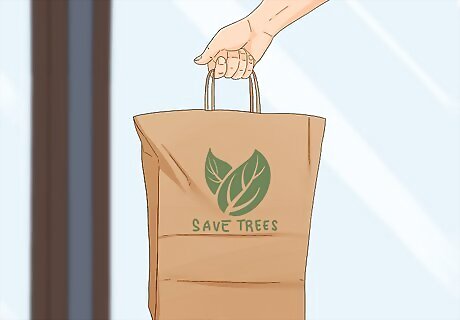
Support companies that minimize damage. Finally, the “S” stands for “support companies that minimize damage.” This means purchasing products from companies that use sustainable practices and who work to support the rainforest. Some of these companies include Artisana Foods, Newman’s Own Organics, Rainforest Foods Company, and Amazon Herb Company.
Fighting the Amazon Rainforest Fires
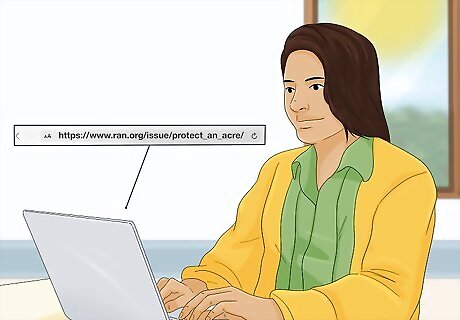
Donate money to organizations that protect the rainforest. While you likely can’t help fight the fires yourself, you can contribute to organizations that are working to save the rainforest. This is the easiest way to make your voice heard and create real change. Give any amount that you can, even if it’s just $5. Here are a list of verified organizations that are helping: Give to the Rainforest Action Network by visiting https://www.ran.org/campaign/provide-direct-funding-to-the-grassroots/ Contribute to the Rainforest Foundation US at https://rainforestfoundation.org/ Donate to Amazon Watch at https://amazonwatch.org/ Contribute to the Rainforest Trust by visiting https://www.rainforesttrust.org/ Give to the Rainforest Alliance at https://www.rainforest-alliance.org/ Donate to the Amazon Conservation Association at http://www.amazonconservation.org/getinvolved/index.html Give to the Amazon Conservation Team by visiting https://www.amazonteam.org/
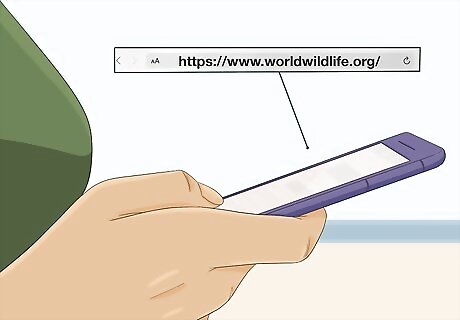
Donate to the World Wildlife Fund (WWF) to help displaced animals. This organization is also known as the World Wide Fund for Nature. They help animals around the world, including those in the rainforest. Go to their website and click “donate” to give money to support the animals. You can donate to the WWF and learn about what they’re doing to help the rainforest animals here: https://www.worldwildlife.org/
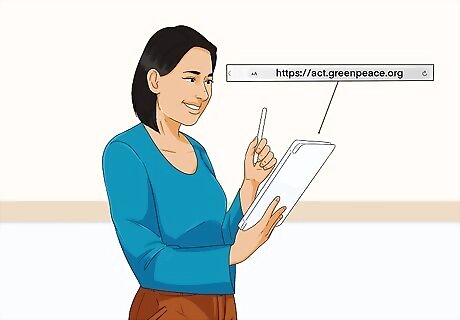
Sign Greenpeace’s petition asking the Brazilian government to take action. Some organizations believe that the Brazilian government could do more to help stop the fires and protect the rainforest. If you agree, sign Greenpeace’s petition encouraging the Brazilian government to do more for Amazon conservation. This helps officials see how important it is that they take action. You can find the petition by visiting here: https://act.greenpeace.org/page/39922/petition/1?_ga=2.65401002.547443292.1566484769-36951589.1566484769
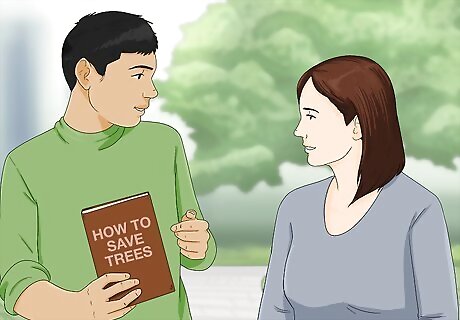
Educate others about what’s happening to build awareness. When people don’t understand a problem, it’s hard to bring about change. Keep up with the news about what’s happening in the rainforest. Then, talk to people you know so they understand the situation. Additionally, share articles from credible news sources so that people can read about the issue. You might say, “Did you know that the Amazon rainforest is on fire? This is a big threat to global warming and dangerous for the people and animals who live in the rainforest.”
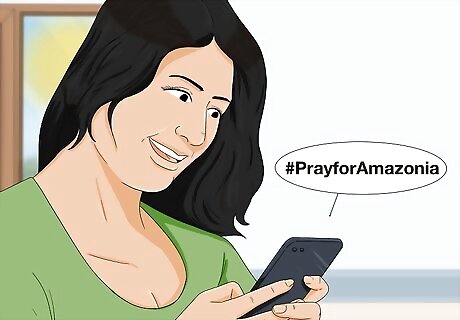
Make your voice heard by contacting officials and posting online. Write letters and emails to your elected officials urging them to reach out to the Brazilian government. Alternatively, connect with them online via their social media accounts. Additionally, post your concerns about what’s happening to the rainforest on your social media pages. This will raise awareness and urge officials to act. If you’re posting online, use the hashtags #PrayforAmazonia and #AmazonRainforest. Jane Goodall Jane Goodall, Conservation & Animal Welfare Advocate Make a difference by advocating for your beliefs. "Change happens by listening and then starting a dialogue with the people who are doing something you don't believe is right."














Comments
0 comment